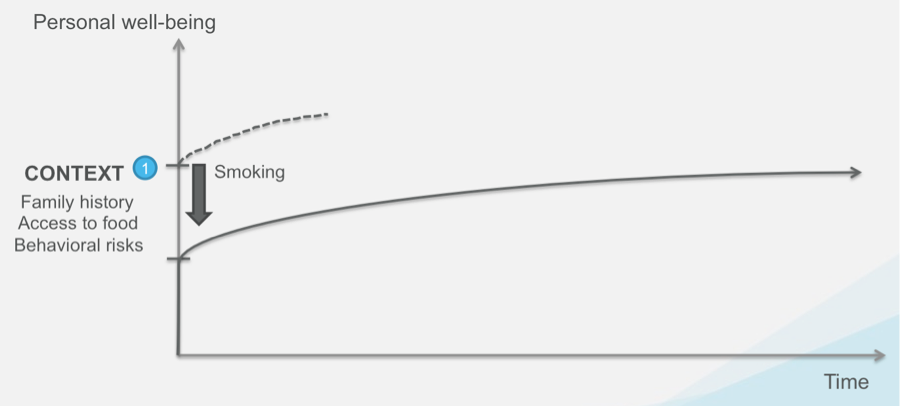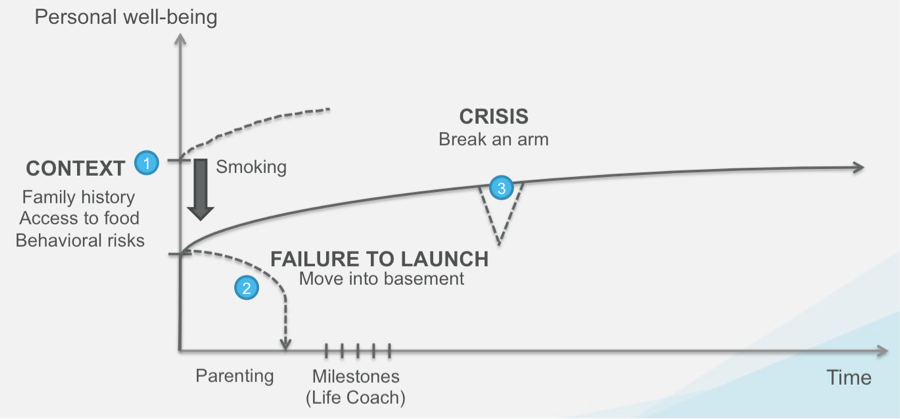Allison introduced this framework for managing risks at Gainsight’s annual Pulse conference earlier this month. We’re making it available to the community for the first time in this blog post.
In the past, we introduced the concept of Code Red as an approach to tackling risk in our customer base. In our original Code Red process, CSMs identified customers that would not renew if theoretically their renewal date were 1 month from now. This process allowed our team to escalate risky customers to our leadership team and coordinate across executive sponsors, Support, Services, Product, and Engineering to get these customers back on track.
The Code Red process worked well for us when we were a smaller company. As we’ve grown larger, we’ve found a need to build on this process to achieve 2 goals:
Segment risky customers based on the cause of the risk. Segmentation allows us to create a more targeted playbook to resolve a given risk, and also to identify any systemic reasons why certain risks tend to occur in our business.
Flag risks earlier, even before the relationship gets to a point at which the customer wouldn’t renew if their renewal date were 1 month away. Intervening early allows us to avoid firefighting.
Our new framework for managing risks uses an analogy between risks in one’s personal life and risks in customer relationships. Many of you saw me present this framework last week at our annual conference, Pulse, and asked if I could share it in written form. Here it is.
Say you’ve got a chart with Personal Well-Being on the y-axis and Time on the x-axis. Our goal is to understand how personal well-being changes over time as issues in one’s life arise. There are 5 risks in life that people need to mitigate.
The first risk that a person encounters is that they’re born into a sub-optimal Context. At birth, one inherits a certain family history, has a certain degree of access to healthy food, and is exposed to certain behavioral risks. This context can influence a person’s potential to be happy and healthy in life.
Your context can change later, too: you could start smoking, or move to Antarctica, causing your potential for happiness to shift downward.
After your birth, your parents do their best to guide you through childhood, but even, so you might experience a second risk called Failure to Launch: after graduation, you move back into your parent’s basement; you stay unemployed for much of your twenties.
If you succeed in launching, you can achieve certain milestones, perhaps with the help of a Life Coach, mentor, or therapist.
Still, certain Crises may materialize. You might break an arm, but you can go to the ER and they’ll fix you up quickly after some momentary pain. You might experience a tough break-up, but you can rebound with the help of your support network.
Furthermore, you may start adopting Bad Habits: you stop exercising; you watch too much Netflix. You may also become Pessimistic: you become that downer that none of your friends want to hang out with. But supportive friends and family members will help you reinstate good habits and restore your faith in life.
As it turns out, you’ll encounter the same 5 risks in your relationships with your customers.
Customer Fit Risk: From the very beginning, a customer may not be a good fit for your product. (Did you sell to the wrong customer?) Even if the customer is a good fit to start, they may depart from that status over time. For example, if one of your qualification criteria is that the company has a strong executive sponsor, and that sponsor leaves the company, the customer may no longer be able to support your product.
Launch Risk: Customers may struggle during the onboarding process and never implement your product.
Crisis Risk: Customers may encounter technical issues and spend significant time working with your Support team.
Bad Habits Risk: Customers may adopt “bad habits” in using your product: they may not maintain it or use it to the fullest extent.
Pessimism Risk: Customers may lose faith in your product. They may exhibit this pessimism by canceling meetings, not responding to your emails, or delivering a detractor NPS score.
In identifying these risks as soon as they arise, CSMs can ensure that customers stay on a healthy track. In this sense, the CSM takes on the role of the life coach or mentor in one’s personal life. When a customer struggles during implementation, your Onboarding team can escalate to the CSM to align with the executive sponsor.
When your Support team is flooded with tickets from a particular customer, your CSM can align with the customer on their underlying business need and advise the Support team on how to resolve the issues. If a customer doesn’t have risks 1-3 but does exhibit “bad habits”, that’s a terrific opportunity for a CSM to help the customer use the product as designed to drive maximal ROI.
And if the customer is pessimistic — perhaps as a result of experiencing one or more of the other 4 problems – your CSM can focus on nurturing the relationship. High-performing CSM teams identify those critical moments when intervention can make a big difference to the customer.
Of course, you can use Gainsight to track these 5 risks and mitigate them. We’ll explain how we do that in a later post.






